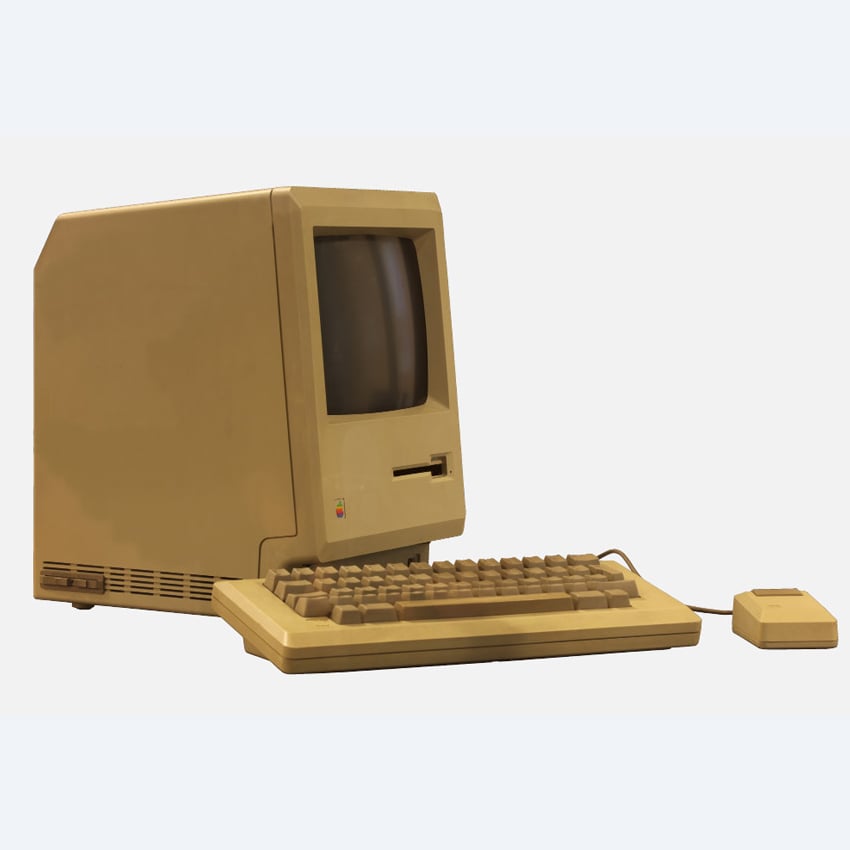Mac World San Fransisco 2001. 29 November 2000. Just over a month to go before Macworld San Francisco in early January 2001. Among the expected announcements: Software: Release of Mac OS 9.1. Release of QuickTime 5.0. A firmer timetable for Mac OS X 1.0 along with extensive previews of new features in latest build(s). Here at AskDaveTaylor we take thousands of screen captures each month, whether it’s on mobile devices, televisions, Linux systems, Macs or Window systems, and after years of experience, I think the Mac has one of the easiest methods of taking screen captures out of all of them. The Power Mac G4 Cube is a small form factor Macintosh personal computer from Apple Computer, Inc., sold between 2000 and 2001. Designed by Jonathan Ive, the Cube was Apple's attempt to miniaturize a powerful desktop computer into compact size less than 8 inches (20 cm) to a side.
The Power Mac G4 Cube was widely hailed as a great computer, pundits couldn't stop gushing about the convection cooled, positively tiny tissue box design. The cube design smacked of originality in every area, whether it was the vertical slot loading media drive or the clever way the computer internals were accessed.
For all the impressive design, the cube wasn't compelling to computer buyers. While the cube cost $1,799 a bulkier, more expandable PowerMac G4 was available for $200 less. Faced with the proposition of getting a slickly designed cube or the more clunky, cheaper and more expandable G4 tower most opted for the tower.
To say the sales of the Cube were disappointing would be and understatement. Steve Jobs' first public mistake since taking the reigns at Apple was discontinued this week in July of 2001.

Many of us are initially surprised to learn that our devices do not support the kind of secure compartmentalization that our lives demand, and we're disappointed that software vendors rely on generic defenses that repeatedly succumb to new attacks.
In building Qubes, our working assumption is that all software contains bugs. Not only that, but in their stampeding rush to meet deadlines, the world's stressed-out software developers are pumping out new code at a staggering rate — far faster than the comparatively smaller population of security experts could ever hope to analyze it for vulnerabilities, much less fix everything. Rather than pretend that we can prevent these inevitable vulnerabilities from being exploited, we've designed Qubes under the assumption that they will be exploited. It's only a matter of time until the next zero-day attack.
Clunky Cube Mac Os X
In light of this sobering reality, Qubes takes an eminently practical approach: confine, control, and contain the damage. It allows you to keep valuable data separate from risky activities, preventing cross-contamination. This means you you can do everything on the same physical computer without having to worry about a single successful cyberattack taking down your entire digital life in one fell swoop. In fact, Qubes has distinct advantages over physical air gaps.